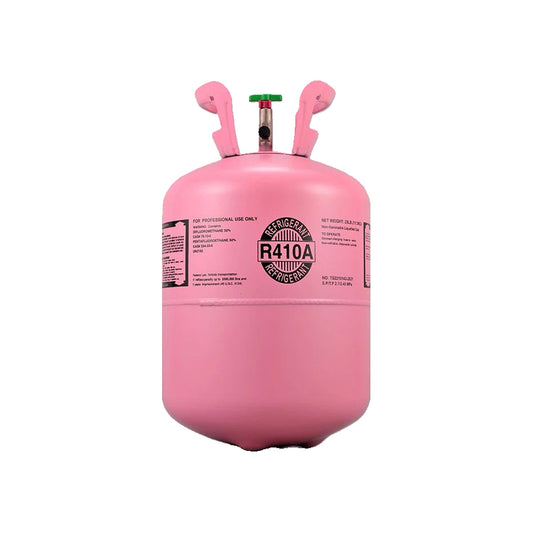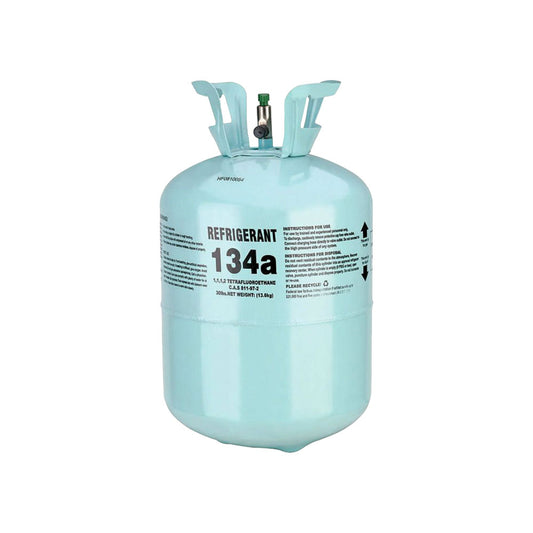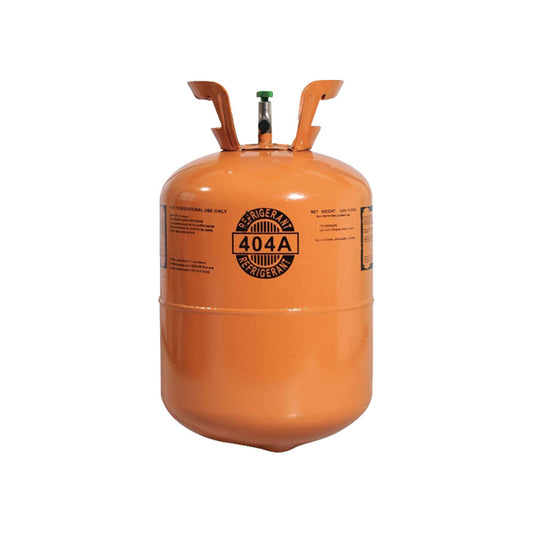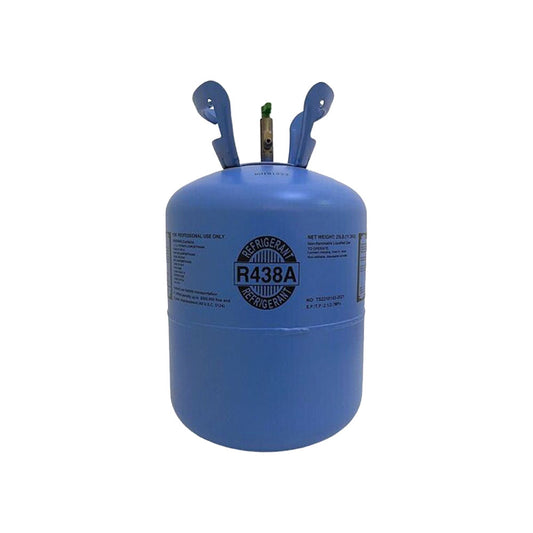R-134a Refrigerant: The Ultimate Guide to Its Future and Alternatives
Share
R-134a refrigerant has been a staple in the HVAC industry for years, but with increasing concerns about its environmental impact, what does the future hold for this widely used refrigerant? Let's dive into the ultimate guide to R-134a refrigerant, its alternatives, and what lies ahead.
What is R-134a Refrigerant?
R-134a, also known as 1,1,1,2-Tetrafluoroethane, is a hydrofluorocarbon (HFC) refrigerant commonly used in air conditioning systems, refrigerators, and freezers. It has been favored for its non-toxic properties and energy efficiency, making it a popular choice in the industry.
The Environmental Impact of R-134a
While R-134a is non-toxic, it is classified as a greenhouse gas with a high global warming potential (GWP). The use of R-134a has contributed to climate change and ozone depletion, leading to a push for more environmentally friendly alternatives.
Alternatives to R-134a
As the industry shifts towards more sustainable practices, alternatives to R-134a have been developed. Hydrofluoroolefins (HFOs) such as R-1234yf and R-1234ze are gaining popularity for their lower GWPs and improved energy efficiency. Natural refrigerants like CO2 and ammonia are also being explored as eco-friendly options.
The Future of R-134a
Regulations such as the Kigali Amendment to the Montreal Protocol aim to phase out the use of high-GWP refrigerants like R-134a. This has led to a growing demand for alternatives that are more environmentally friendly and compliant with international standards.
While R-134a will continue to be used in existing systems for the foreseeable future, the shift towards sustainable refrigerants is inevitable. Manufacturers and consumers alike are embracing the transition to greener alternatives to reduce their carbon footprint and protect the environment.




